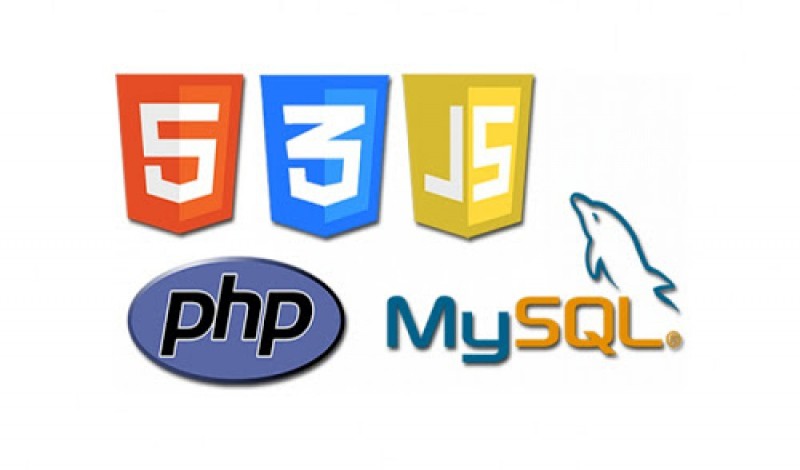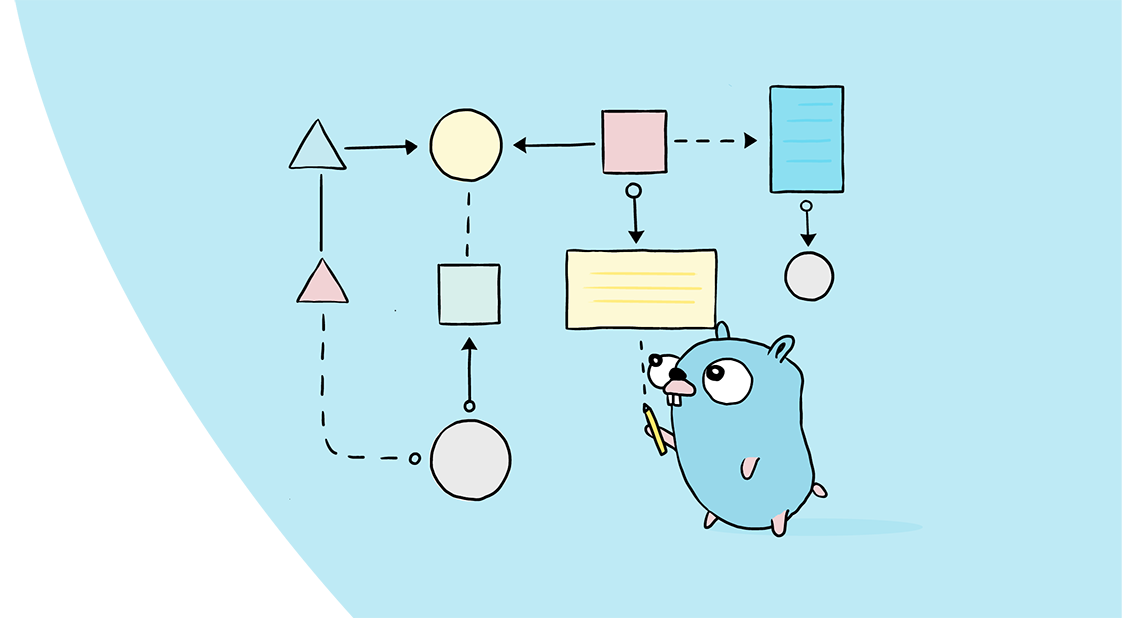Last week, my professor at Trebas Institute, Mr. Iyad Koteich started a class talking about ER Model. I confess that I really like to design database models(ER Models).
My classmate Ravi Rawat took a picture from a dashboard with a relationship model designer by Professor Iyad Koteich. This picture was the "kick-off" for this project.
First I need to explain the difference between ER Model and R Model.
R Model: Describe a vision of the problem to be resolved that any person can see and understand.
ER Model: Materializing the relational model in an Entity on a database requires some organizations.
I will use "WE" every time because Professor Iyad Koteich is my mentor and some classmates can contribute with us.
We need to understand how this project will be constructed:
- Create the full ER Model -> MVP (2022-07-29)
- Develop a PHP program to maintain the data (pĺayer, teams, clubs, games, etc) -> MPV (2022-08-31)
- Develop a python program, to run in the background, analyzing the teams and the games. (2022-12-31)
The Codes of this project are hosted on GitHub: https://github.com/ed2ti/soccer-game-ia
You can directly download the ER-Model here
Study objectives:
- Understand ER Model
- Construct a Database (MariaDB or Postgres SQL)
- FrontEnd Develop with PHP
- BackEnd Develop with PYTON (sklearn, pandas, numpy)
All players were created by a website: https://www.mockaroo.com/. You can directly download it here.




